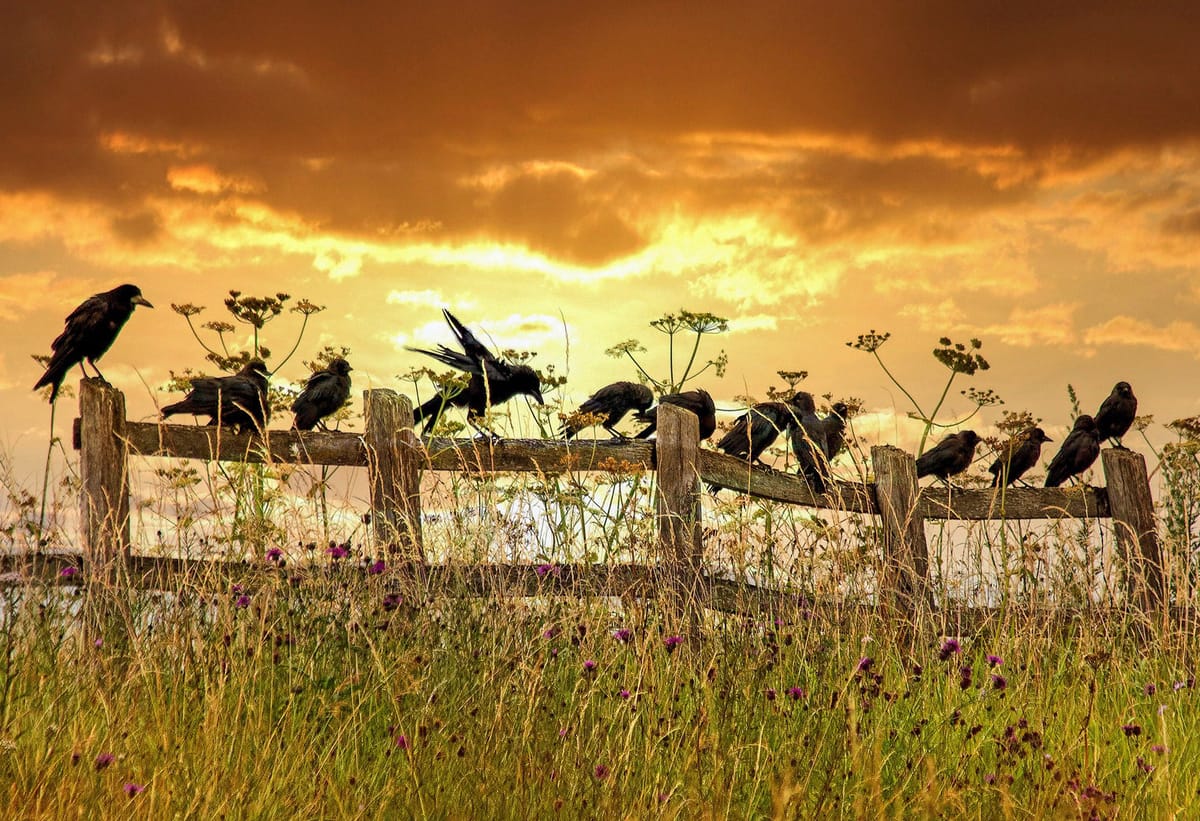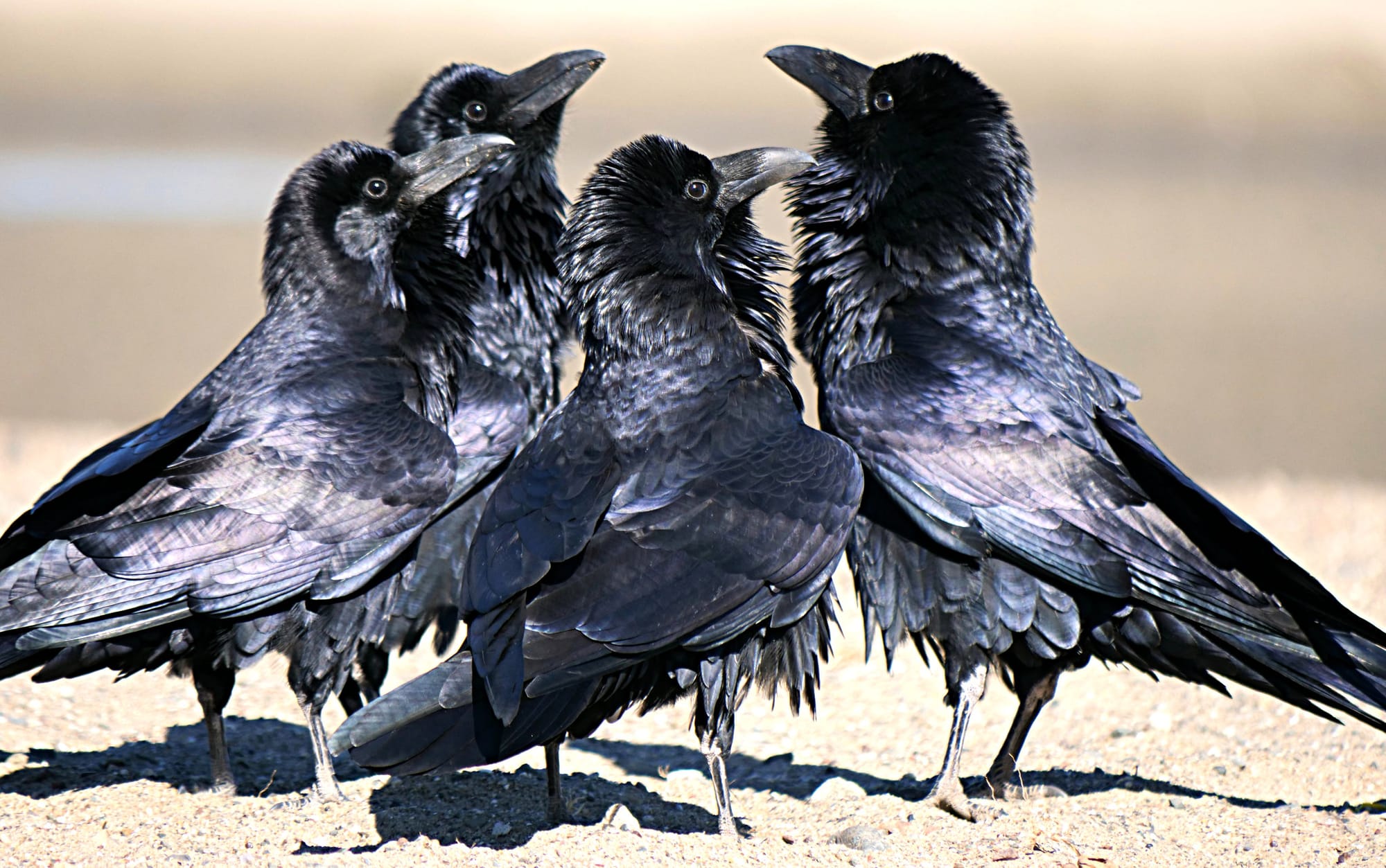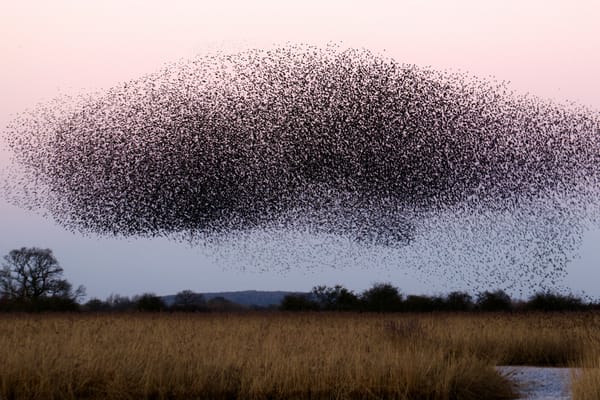Ideas in Conversation with Each Other
The long and the short of fiction writing

Today I have a new short story appearing in a professional publication for the first time since I was twenty-nine years old. I’m fifty-three now, so that’s perilously close to a quarter-century hiatus. What happened?
I was seventeen when I decided ‘fiction writing’ was what I wanted to do with my life. In college, I became a voracious and devoted reader of short-form speculative fiction. I read Asimov’s SF and F&SF magazines, often cover-to-cover; I collected the entire sets of Datlow and Windling’s Year’s Best Fantasy and Horror and Dozois’ Year’s Best Science Fiction anthologies from their 1980s debuts into the early 2000s (around fifteen and eighteen chunky trade paperback volumes, respectively).
I also wrote short fiction professionally for six of those years: my first short story won the Writers of the Future Grand Prize and was published in 1993; my last novelette appeared in 1999, in a Datlow/Windling anthology that won a World Fantasy Award.[1]
That was the last time I felt deeply about something that could be encompassed in a few thousand words. I’d always read some novels, but as I approached my thirties the ratios shifted until, by the early aughts, I had almost completely stopped reading short fiction. And I wasn’t at all motivated to write it.
Partly that was because I thought it was possible that I might someday support myself by writing novels, but not with short fiction. But most of the shift in focus was driven by my own aging: the more subjects I learned about (because I am an autodidact to my core) and the more life experience I had, the more I became fascinated with longer character arcs and deeper societal patterns, and the less satisfying most short fiction became by comparison.
Short fiction, you see, can be about just one thing — in fact, below a certain word count you have to make it about just one thing. Conversely a novel (a good novel) is never about only one thing. Novels are ideas in conversation with each other. The ones I most admire often spin up handfuls of them, or even dozens.
Novels are ideas in conversation with each other.
I wanted very much to write a novel in my thirties, but I didn’t manage it, for a variety of reasons — my undiagnosed neurodivergence, my choice to prioritize personal relationships, and the inescapable and exhausting capitalist grind were all high on the list.
But another reason was that I simply didn’t have enough substrate built up yet. I’d learned some things, and I’d had some experiences, but I hadn’t understood either the events or the information in a systemic context. I was looking at ideas in isolation, without recognizing the resonances or perceiving the patterns. And it kept my potential stories small, because there were only a few things I understood deeply, and I didn’t know how to take even those few things and make them talk to each other.[2]
But I kept reading, and learning, and living, and thinking, until somewhere in my forties the balance tipped and now I have — oh, so many ideas. I have more things to say than I know what to do with. And they’re all talking to each other now, in long character arcs and deep societal patterns.
In 2014 I told my partner Jak that I intended to actually write the novel that we’d been tossing around in conversation for the preceding few years. Being quite familiar with my tendency to squirrel off after the new and interesting, Jak expressed some skepticism about whether or not finishing was a thing I was capable of.
I couldn’t really reassure either him or myself, seeing as how it had been sixteen years since my last attempt at fiction. So I decided that before I started in on a novel, I should write a short story — to prove to myself that I still knew how to ride the bicycle, and to him that I had enough internal motivation to see something through.
The resulting story was (in my opinion) an entirely competent effort. But it was not excellent. It was not inspired, nor especially original. I think I submitted it to two markets before I trunked it, without regrets. I’d proved I could still do the thing, but I didn’t love the particular result enough to care whether anyone else saw it or not.
If the story doesn’t sing to me, if it doesn’t take me by the metaphorical shoulders and shake me and demand to be told, I can’t force it to break out of competent mediocrity.
For me, writing ‘on demand’ or ‘to the market’ consistently results in much weaker work than writing ‘by inspiration’. This was true in the 1990s when I was answering calls for super-specific theme anthologies, and it’s no less true today. If the story doesn’t sing to me, if it doesn’t take me by the metaphorical shoulders and shake me and demand to be told, I can’t force it to break out of competent mediocrity.
So after completing that one proof-of-concept story, I decided that henceforth I was not even going to try writing any fiction I was less than passionate about. And I went all-in on worldbuilding and outlining and — eventually — writing the interlinked novels that I now call The Leda Enlightenment. There have been a lot of starts and stops since then, as circumstances have not always been entirely cooperative, but that has remained my primary focus since 2015.
Then, about a year and a half ago, something story-sized and completely unrelated to Leda took hold of me and wouldn’t let go. So I paused the novel-in-progress (again) and wrote my second piece of short fiction in twenty-four years. And this time I cared very much whether anyone else ever saw it.
Which is why I’m so happy to say that the July/August issue of Asimov’s Science Fiction Magazine, (available now and for the next eight weeks in bookstores, newsstands, and online), contains my newest short story “Hope Is the Thing With Feathers.” It’s about a nonspeaking autistic person and some genetically-engineered corvids, and the right to self-determination.
Because that’s how I tell stories, now, of any length: take two or three or seventeen things I am fascinated with and passionate about, and make them talk to each other.

I wrote most of this essay intending for the end to be about heading straight back into novelizing after this one unexpected detour. And exactly as though my subconscious wanted to demonstrate which one of us is really in charge, when I lay down for a much-needed nap the next afternoon, not only did I completely fail to sleep, but my brain promptly served up the word-for-word beginning of a piece of short fiction like it was narrating a bloody audiobook.
This didn’t come completely out of nowhere, because the story actually covers a piece of history from my Leda worldbuilding, but it has only the most tenuous connection to my first novel: it’s a wildly different sub-genre, set half a millennium earlier and not even precisely on the same planet.[3]
Even then I wasn’t sure if the story was worth writing — the beginning felt strong, and I was reasonably confident about the middle, but I hadn’t nailed down the end, so it wasn’t yet singing to me.
The next morning I asked Jak to help me talk through a couple of logical inconsistencies that had cropped up. An hour and a half of intense back-and-forth later, not only had we wrangled our way out of all the contradictions, but I also had the ending I needed. The process of explaining my vision to him only clarified the theme and intensified my passion, and now the story is giving me that heart-thrill that I’ve learned means yes, write this one.
There’s no way it will turn out less than novelette length, and it might even edge into small-novella territory. I have no idea if, when it’s done, I’ll even be able to sell it: the longer the story, the fewer available markets. But the potential of this one is too good to let it go; I have to try.
Ideas are just seeds. Growing them into story requires a substrate: the rich humus of information and experience, and the mycelium of insight that connects it all together.
So many ideas, never enough time. How I wish I could send some of the extras to my thirty-year-old self! But ideas are just seeds; in order for her to grow them into any kind of story, I’d also have to pass along all the substrate: the rich humus of information and experience that I’ve accumulated in the intervening decades, and the mycelium of insight that connects it all together.
And wouldn’t we all, writers or not, love to be able to do that for our younger selves?
I’m just grateful that all those days in between where I wasn’t writing have added up to something, though. Even the messiest parts of my life — the dead things and the rotten things and the pale squirming secrets of the deepest dark — they all, eventually, can anchor and feed the roots of something beautiful.

Because of course fiction length is a continuum, it’s often divided up into somewhat arbitrary categories. Typically short fiction is either classed as a short story (up to 7,500 words) or a novelette (7,500 to 17,500 words). Sometimes stories under 1,000 words are called ‘flash fiction’. Above that you get novellas (17,500 to 40,000 words) and novels (anything between 40k and doorstopper). ↩︎
I did write a few nonfiction essays during my thirties that involved that kind of synthesis. Seeing how much better those pieces were than the others helped me realize that this was what my long-form fiction needed, also. ↩︎
Specifically, it takes place on a spaceship in orbit around Leda; it’s science fiction verging on space opera, as opposed to the epic fantasy tone of my novel(s). I’m sure my brain went there because I’ve been immersed in both of Adrian Tchaikovsky’s very different space opera trilogies this past month. ↩︎




